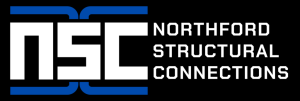Future Trends in Precast Concrete Technology
The world of precast technology is evolving rapidly. The demand for more sustainable, cost-effective, and efficient construction methods is pushing innovations in structural engineering practices. As a result, understanding these future trends is critical for industry professionals.
1. Sustainable Practices
In an era where sustainability is paramount, the precast concrete industry is aligning itself with environmental goals. Future trends indicate a strong push towards sustainable materials and production methods. This includes:
- Recycled Materials: Incorporating recycled aggregates and industrial by-products into the mix.
- Lower Carbon Emissions: Developing processes that minimize emissions during production, such as employing alternative fuels.
- ECO-Friendly Additives: Utilizing chemical additives that enhance performance while reducing environmental impact.
The integration of sustainability in precast concrete technology supports the global ambitions of reducing carbon footprints and conserving natural resources. As regulations evolve, the industry is poised to adapt and thrive.
2. Advanced Manufacturing Techniques
2.1 Automation and Robotics
Innovation in manufacturing is at the forefront of future trends. Automated processes and robotics are being gradually integrated into the production of precast concrete elements. Benefits include:
- Increased precision in cutting and molding.
- Reduction of human error, leading to higher quality output.
- Enhanced safety in manufacturing environments.
2.2 3D Printing
3D printing technology is reshaping not only how we think about construction but also how we implement precast structures. This technique allows for rapid prototyping of complex structures. Future applications include:
- Customization of designs without significant cost increases.
- Efficient use of materials, reducing waste.
- The ability to create intricate designs that traditional methods may find challenging.
3. Integration of Technology
The Internet of Things (IoT) is making its way into precast concrete production. Integrating sensors into precast elements allows for real-time monitoring of structural integrity and performance. This will lead to:
- Proactive maintenance schedules based on actual data.
- Enhanced safety protocols during construction and post-construction.
- Increased lifecycle reliability of structures.
4. Modular Construction
Modular construction is gaining traction as a future trend in the precast technology landscape. This method involves the pre-fabrication of building modules off-site. The benefits are numerous:
- Faster construction timelines.
- Cost savings through bulk production.
- Reduced site disruption and lower labor costs.
As clients demand quicker turnaround times and less on-site labor, the prevalence of modular systems will likely increase.
5. Enhanced Design Software
Future trends indicate an urgent need for advanced designing software in precast technology. Collaborative platforms streamline the design, production, and installation processes. Features to look forward to include:
- Integration with BIM (Building Information Modeling) systems, ensuring accurate specifications.
- Real-time collaboration among architects, engineers, and contractors.
- Enhanced visualization tools to present project proposals more effectively.
6. Smart Materials
The future of precast concrete will feature innovations in smart materials. These are materials that achieve better performance through inherent properties or external stimuli. Applications may encompass:
- Self-healing concrete that uses embedded microorganisms.
- Thermal insulating properties for better energy efficiency.
- Adaptive materials that respond to environmental changes.
7. Circular Economy
The concept of a circular economy is set to transform precast concrete practices. This involves designing buildings with future deconstruction in mind. Key strategies include:
- Adapting buildings to be easily disassembled and repurposed.
- Promoting material traceability to maximize reuse.
- Collaboration between stakeholders for sustainable end-of-life management.
As the world grapples with resource shortages, a circular approach will be increasingly vital for the precast concrete sector.
8. Regulatory Changes
Future trends in precast technology will inevitably be shaped by regulatory changes. Construction industries globally are leaning towards stricter environmental regulations. These guidelines will necessitate:
- Increased transparency in material sourcing and environmental impact.
- Adoption of innovative building codes to encourage sustainability.
- Collaboration with regulatory bodies to stay ahead of compliance requirements.
9. Education and Training
With the rapid advancements in precast technology, the importance of education and training cannot be overstated. Future-focused programs will be essential in:
- Equipping professionals with the skills to leverage new technologies.
- Promoting awareness of sustainability practices.
- Fostering a culture of continuous learning and adaptability in structural engineering.
10. Conclusion
The future of precast technology is bright and full of promise. Adapting to these future trends will be crucial for professionals in structural engineering. The emphasis on sustainability, advanced manufacturing, enhanced technology, and comprehensive training will shape an efficient and innovative landscape for precast concrete.
As the industry evolves, staying informed will enable all stakeholders to navigate the complexities of modern construction efficiently. Embracing these trends today will pave the way for a more resilient and sustainable future.
Author: STAFF HERE CHARLESTON
The CHARLESTON STAFF WRITER represents the experienced team at HEREcharleston.com, your go-to source for actionable local news and information in Charleston, Charleston County, and beyond. Specializing in "news you can use," we cover essential topics like product reviews for personal and business needs, local business directories, politics, real estate trends, neighborhood insights, and state news affecting the area—with deep expertise drawn from years of dedicated reporting and strong community input, including local press releases and business updates. We deliver top reporting on high-value events such as the Spoleto Festival USA, Charleston Wine + Food Festival, and the MOJA Festival. Our coverage extends to key organizations like the Charleston Metro Chamber of Commerce and the Charleston Museum, plus leading businesses in tourism and maritime industries that power the local economy such as South Carolina Ports Authority and the Charleston Visitor Center. As part of the broader HERE network, including HEREaiken.com, HEREbeaufort.com, HEREchapin.com, HEREcharleston.com, HEREclinton.com, HEREcolumbia.com, HEREgeorgetown.com, HEREgreenwood.com, HEREgreenville.com, HEREhiltonhead.com, HEREirmo.com, HEREmyrtlebeach.com, HEREnewberry.com, HERErockhill.com, HEREspartanburg.com, HEREaustin.com, HEREcollegestation.com, HEREdallas.com, HEREhouston.com, and HEREsanantonio.com, we provide comprehensive, credible insights into South Carolina's dynamic landscape.







